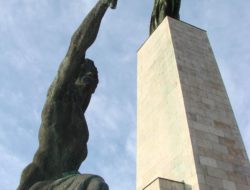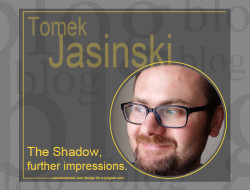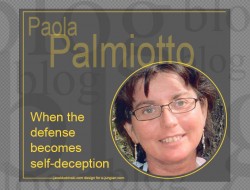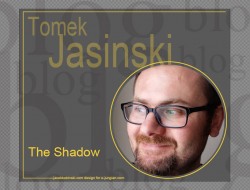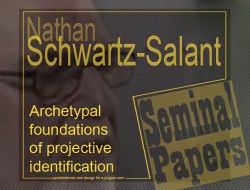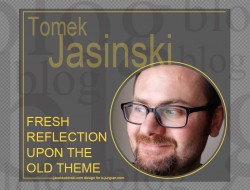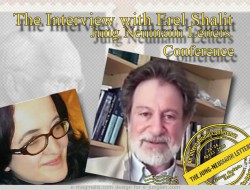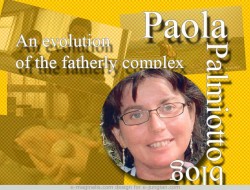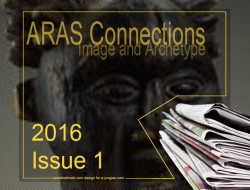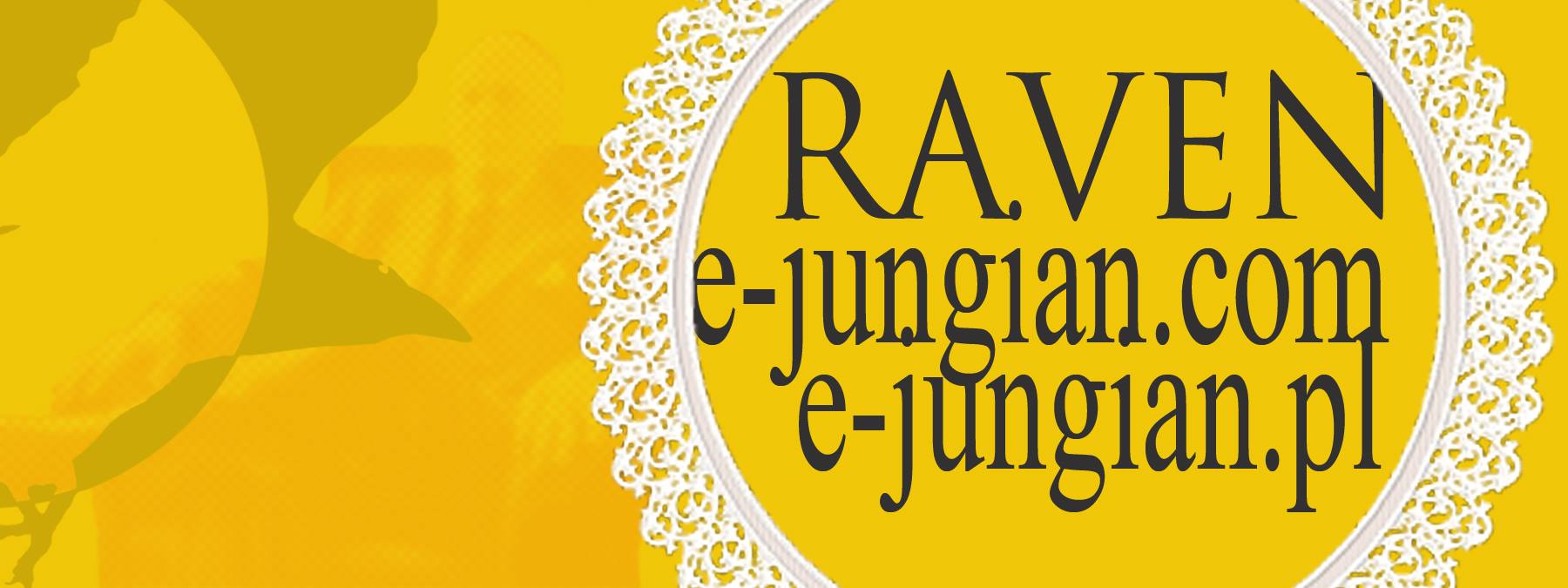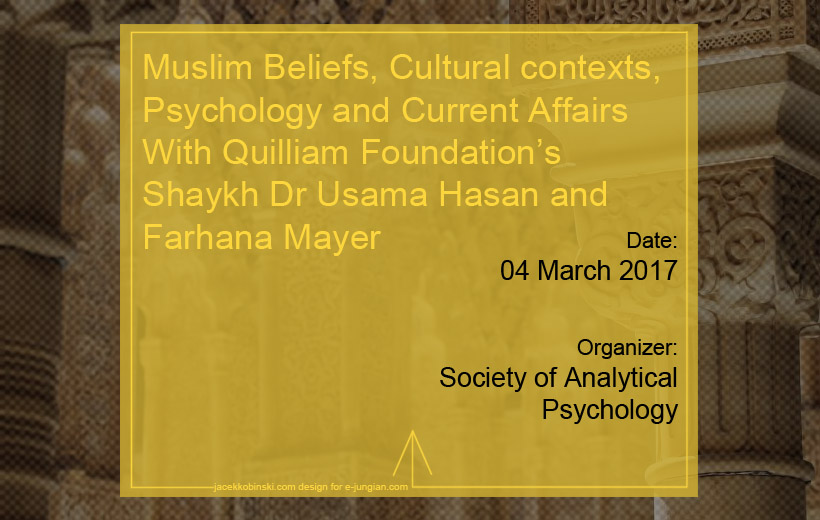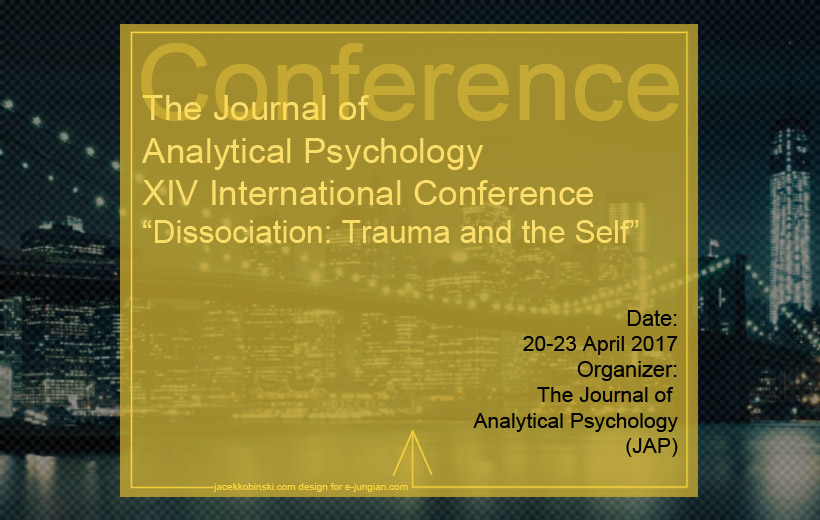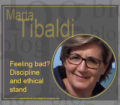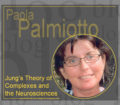In the second 2015 issue of ARAS Connections you will find two rather interesting papers.
The first one – „Zombies: A brief natural history” – responds to the apparent renaissance of interest in this phenomenon in contemporary culture. The first paragraph of that paper seems worth quoting in how it sets the exposition of one of those modern dreams that preoccupies modern collective psyche:
Books, newspapers, TV, websites, radio shows, social networks, and the Center for Disease Control have now managed to alert the entire country to the threat of a possible zombie apocalypse. Instead of creating mass panic, reports of the walking dead have evolved into immeasurably popular sources of entertainment and zombies themselves have displayed an amazing versatility as metaphors for such diverse elements as the evils of racism, consumerism, conformity, and vivisection; the Viet Nam war; social apathy; loss of individuality and identity; fascism; industrial dystopia, ecological disasters; immigration, diseases, plagues, and pandemics; spiritual bankruptcy; and the TEOTWAWKI (what “preppers” call “the end of the world as we know it”). Something about these moaning, brain-dead beings who move in swarms but don’t move right, act right, talk right, eat right, or behave right has captured the collective cultural imagination and generated endless speculation about their condition and the condition of the world in which they lumber.
The second paper by New York analyst Sylvester Wojtkowski – Wrestling with Azazel – „Jung and Modern Art, a Critical Appraisal” – touches upon the most interesting issue of Jung’s relationship to modern art. This paper is seminal one in terms of how it examins this relationship. The author show Jung’s surprising localization of evil in the modern art phenomenon and, in author’s opinion, his misunderstanding of that phenomenon. Wojtkowski also delivers detailed analysis of Jung’s reflection on pieces by two great contemporary artists: James Joyce and Pablo Picasso. He starts his reflection with his earlier argument of Jung’s falling into his own „art complex” when he writes:
As the result of Jung’s art complex his comments on art are a mixture of emotionally charged exclamations, brilliant insights, prejudices, contradictions, simplifications, pathologizing and confusion that is hard to sort out.
See the issue at ARAS Connections website
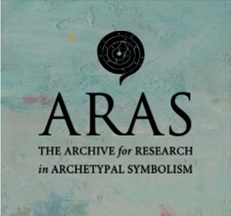 What is ARAS?
What is ARAS?
The Archive for Research in Archetypal Symbolism (ARAS) is a pictorial and written archive of mythological, ritualistic, and symbolic images from all over the world and from all epochs of human history. The collection probes the universality of archetypal themes and provides a testament to the deep and abiding connections that unite the disparate factions of the human family.
The ARAS archive contains about 17,000 photographic images, each cross-indexed, individually mounted, and accompanied by scholarly commentary. The commentary includes a description of the image with a cultural history that serves to place it in its unique historical and geographical setting. Often it also includes an archetypal commentary that brings the image into focus for its modern psychological and symbolic meaning, as well as a bibliography for related reading and a glossary of technical terms.
The ARAS commentaries honor both the universal patterns and specific cultural context associated with each image, something seldom found in other collections.
Keywords, extracted from approximately 46,000 catalogue subject cards, help users explore archetypal themes of interest to them.
The images and commentaries in ARAS have been collected over a 80-year period (read more about the history of ARAS).
Tags: ARAS, art, Azazel, modern art, zombie

